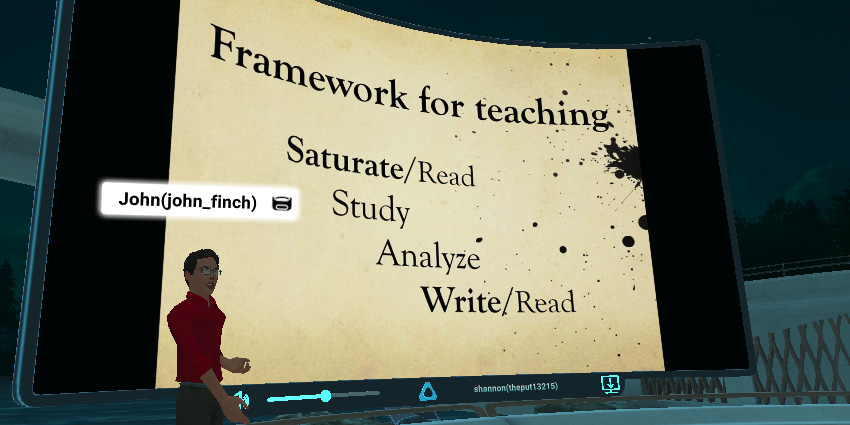The rise of the COVID-19 pandemic spurred a massive shift in not just our personal lives but our business and academic worlds too. Just as companies had to move their operations online, educators began looking for ways to deliver instruction through the web. A rapid shift to remote learning left virtually every school searching for a way to better engage its students.
Even in a traditional school setting, it can sometimes be challenging to get students truly involved in the lesson. When your students are dispersed around the world, this challenge grows even greater. That’s why VIVE Sync, the remote app for collaboration and meetings, is helping schools to enhance their remote learning lessons.
How Schools are Embracing VR
In the University of Louisville, PHD candidate Shannon Putman created the first VR elementary classroom in 2017, she also helped to convince the school district to allocate a higher budget to this technology. Through this influence, Putman inspired Dr. John Finch to teach educational courses at the University of Louisville through VR. Using VIVE Sync, Dr. Finch could help university students to connect in a shared space.
Through the platform, students were also able to make lessons more memorable, with things like 3D lion cubs in classroom environments. Putman is now working on a project co connect black professionals and leaders with black students for inspirational purposes.
At DePaul University, Associate Professor Bree McEwan worked with Professor Paul Booth on a VR innovation lab. When the pandemic hit, the team shifted its strategy to purchase VIVE headsets for students in her augmented Chicago course. The solution allows students to connect with each other in a brand new environment.
The class, focusing on AR and VR experiences, was able to enjoy a more comprehensive learning experience, with McEwan conducting lessons similar to how she would in real life. McEwan is also collecting feedback from students on their experience.
Changing the Training Landscape
VR solutions like the VIVE headset are rapidly transforming the way that we train and educate all kinds of professionals. Medical students, residents, and fellows in training are also beginning to benefit from this technology. Boston-based bootcamp for exoscopic and endoscopic ear surgery held an event through VR recently, which included live-streamed surgical sessions.
Participants used the technology to create an immersive environment where they could watch the live surgical instruction through a massive virtual display. The Sync 3D Asset support meant that Dr. Barber and his team could create large models of ear anatomy, helping students to learn about crucial structures throughout the lesson.
As educational groups continue to search for more reliable ways of informing and supporting students in a dispersed landscape, VR could be a powerful tool for the future. The VIVE headset’s success shows that educators from all backgrounds can leverage immersive extended reality environments to unlock new levels of engagement and participation in any virtual lesson. We can’t wait to see what might be coming next.







